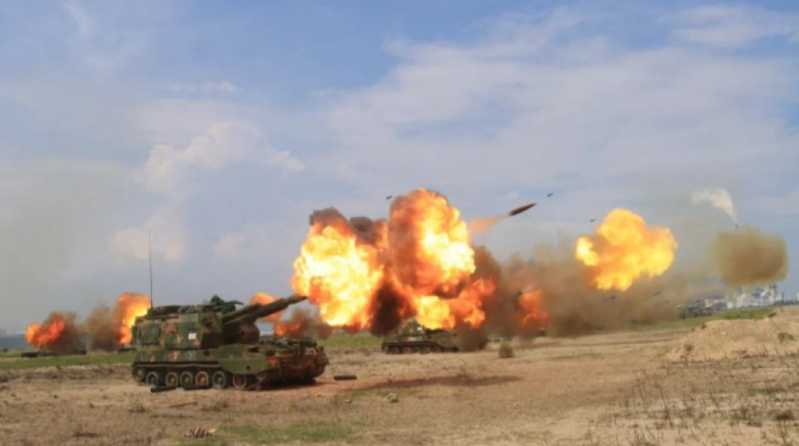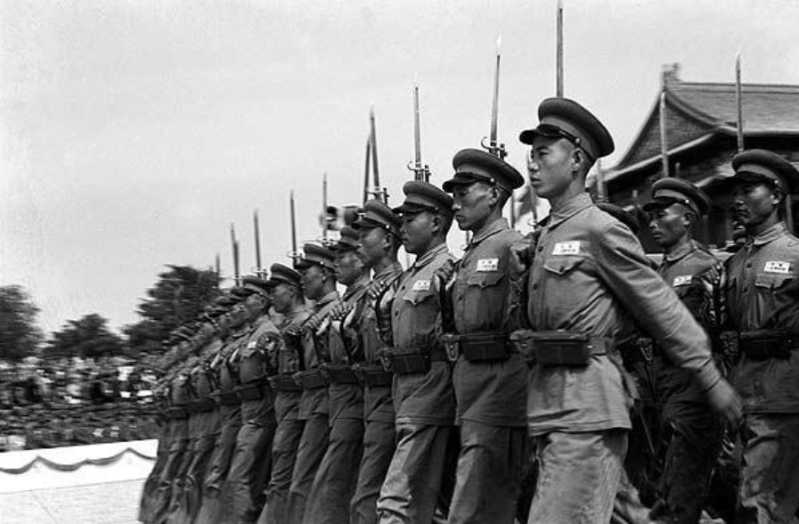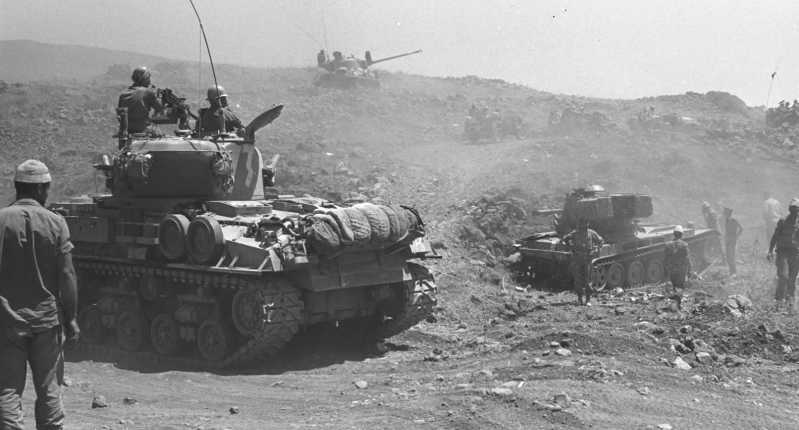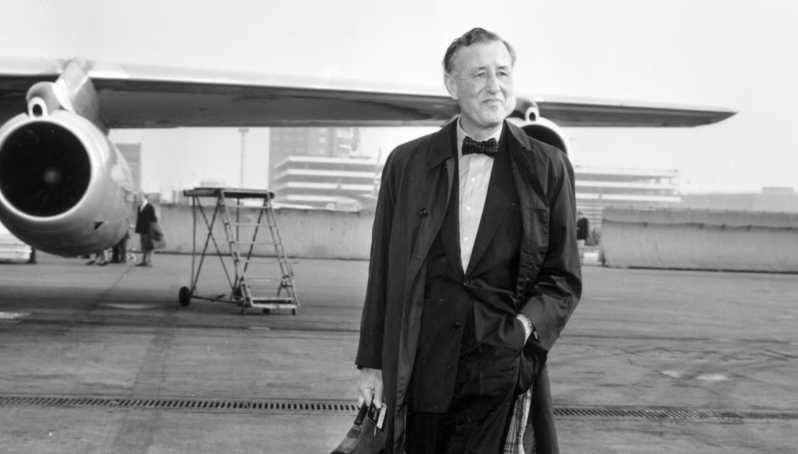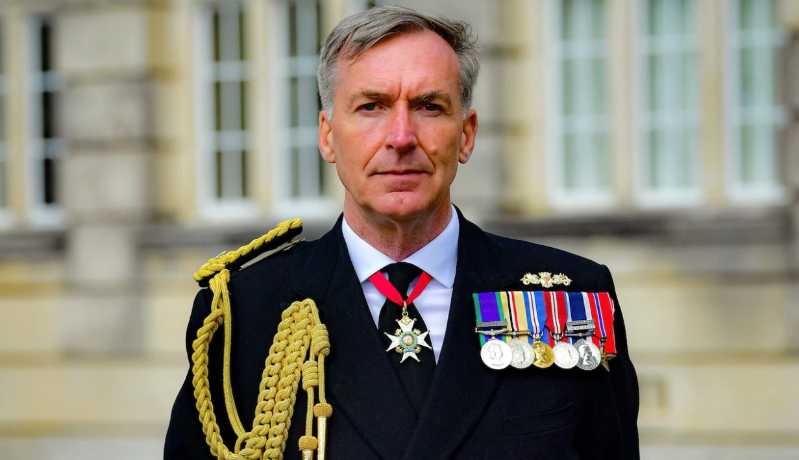Artillery is the main combat branch of the army, the backbone of ground fire assault, and an important component of joint fire strike force. The Nagorno-Karabakh conflict in 2020 made drone warfare shine. The video of Azerbaijan using reconnaissance and strike drones to accurately strike Armenian ground artillery positions was widely circulated on the Internet, which once again refreshed people’s understanding of drone warfare and also indicated that ground artillery must be further developed to keep up with the pace of unmanned warfare.
With the continuous improvement of the informatization of various weapons, the traditional "hand-to-hand combat, siege"-style war scenes have gradually been replaced by "long-range strikes, fire paralysis", and firepower warfare has become an important combat style under the trend of intelligent warfare. With the development of information technology and the continuous improvement of the accuracy and power of firepower strikes, the combat effect of "discovery and destruction" has been realized, making the battlefield present non-contact, non-linear, and asymmetric characteristics. The status and role of firepower strikes in combat are becoming more and more prominent. It has changed from a battlefield auxiliary support force to an independent combat style, which affects the progress and even the outcome of the war. Recent local wars under high-tech conditions, represented by the Iraq War, the Kosovo War, and the Libyan War, have profoundly demonstrated that firepower strikes have a special status and role in local wars under the trend of intelligent warfare. Therefore, whether in the past, modern or future, we can be sure that artillery, its status as the god of war, will not be shaken. Therefore, it is necessary to look forward to development trends, plan ahead, and win the initiative in the construction of artillery’s "digital intelligence" integration capabilities in intelligent warfare.
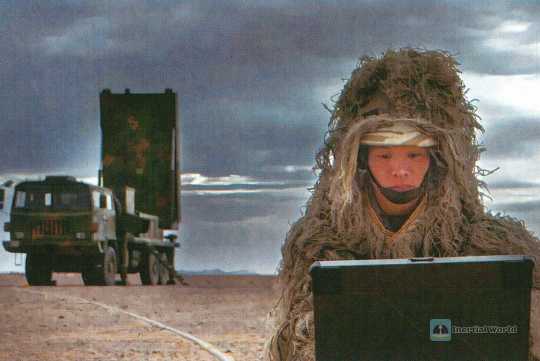
The challenges of the times posed by the evolution of war forms to traditional artillery combat concepts
The pace of war is accelerating, and artillery forces need to respond quickly. With the rapid development and widespread application of high-tech, the combat effectiveness of weapons and equipment is getting higher and higher, and the support capacity of network information systems is getting stronger and stronger. At the same time, disruptive technologies and cutting-edge technologies continue to make new breakthroughs and are widely used in combat. The more the war form develops, the greater the dependence of combat on the effectiveness of firepower strikes. To win the intelligent war, firepower deployment must be "arrived first, closed later, and used throughout the process", and must also achieve "rapid response, full-dimensional participation in the war, and precise strikes"
In the context of intelligent warfare, the integration of "digital intelligence" will become a key factor in improving the construction of artillery modernization capabilities. The current booming digital artillery construction only emphasizes the full automation from front-end target reconnaissance and positioning to terminal artillery aiming. The application of intelligent technology will break the original mindset of simply emphasizing the speed of firepower response, enhance the flexibility and response speed of the troops, and play an important role in target selection and firepower allocation, greatly optimizing the battlefield decision-making process.

Intelligent reconnaissance: target perception revolution under the information battlefield
In the context of modern warfare, traditional reconnaissance methods can no longer meet the high demand for real-time and accuracy of information. Therefore, the artillery combat concept must keep up with the pace of technological development and realize the fundamental transformation from traditional reconnaissance to intelligent reconnaissance. Intelligent reconnaissance not only involves the use of advanced reconnaissance tools, such as unmanned reconnaissance aircraft, satellite reconnaissance systems, etc., but also includes real-time processing and analysis of a large amount of data collected during the reconnaissance process to ensure that enemy targets can be quickly and accurately discovered and located.
The implementation of intelligent reconnaissance requires artillery units to establish and improve a set of efficient information processing processes, including information collection, transmission, processing and analysis. On this basis, through the application of artificial intelligence technology, deep learning and pattern recognition of enemy situations can be carried out, thereby greatly improving the efficiency and accuracy of reconnaissance. For example, using machine learning algorithms to optimize the target recognition process can quickly screen out real targets in complex environments and reduce the possibility of human judgment errors.
In addition, intelligent reconnaissance also means the comprehensive use and optimal configuration of reconnaissance means, such as combining satellite reconnaissance with drone reconnaissance to achieve all-round reconnaissance coverage at different heights and angles. This multi-dimensional reconnaissance method can provide artillery units with more comprehensive and accurate target information, ensuring the accuracy and effectiveness of firepower strikes.
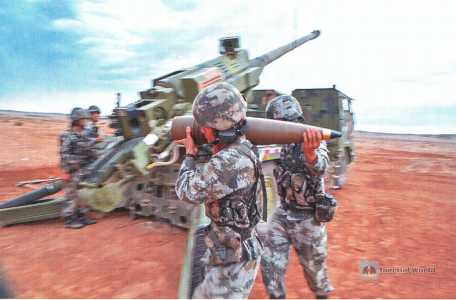
Precise ammunition selection: optimal allocation of firepower resources under intelligent decision-making
Choosing the right ammunition is crucial to the success of artillery fire strikes. With the development of military technology, artillery units have more and more types of ammunition to choose from, and each type of ammunition has its specific optimal use scenario. Therefore, how to quickly and accurately select the most suitable ammunition according to the actual battlefield situation has become the key to improving the efficiency and effectiveness of strikes. This requires the artillery combat concept to be intelligent in the process of selecting ammunition, and to achieve scientific and precise ammunition selection by establishing an intelligent decision support system for ammunition selection.

The intelligent decision support system can comprehensively consider multiple factors such as target type, target protection level, surrounding environmental conditions, and the destructive effect of ammunition, and calculate the most suitable ammunition type and strike parameters through an algorithm model. This process not only requires advanced technical means, such as big data analysis and artificial intelligence, but also requires full consideration of actual combat experience and tactical principles to ensure the correctness and practicality of decision-making.
Through intelligent ammunition selection, artillery forces can more reasonably allocate and use limited firepower resources, which not only improves combat efficiency, but also optimizes ammunition consumption, thereby enhancing the sustained combat capability of the troops. In addition, intelligent ammunition selection can also reduce accidental injuries to civilians and non-military facilities, which meets the requirements of modern warfare to reduce war damage.
Precision strike: firepower delivery under maximum efficiency
Based on intelligent reconnaissance and precise ammunition selection, the firepower strike of artillery units must achieve precise and rapid effects. This not only means achieving precise strikes on targets, but also requires launching attacks at the most appropriate time to achieve the greatest combat effect at the lowest cost. Therefore, precision strikes are not only a technical issue, but also a new combat concept. It requires artillery units to accurately grasp the battlefield situation, flexibly respond to various complex situations, and achieve fine management and control of the firepower delivery process. The key to achieving precision strikes lies in efficient command and control systems and advanced fire control technology. The command and control system needs to realize real-time collection and processing of battlefield information to ensure that commanders can make correct decisions based on the latest battlefield situation. Fire control technology needs to ensure that after the commander issues an order, it can quickly and accurately complete target positioning, trajectory calculation and firepower launch, so as to maximize the accuracy and efficiency of the strike.
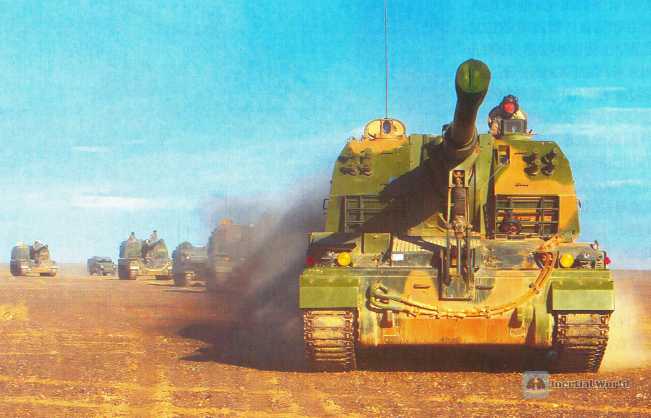
In addition, precision strikes also require artillery units to have a high degree of autonomy and adaptability, and to be able to quickly adjust the strike plan and firepower deployment according to changes in the battlefield environment. The realization of this combat concept not only depends on technological progress, but also requires officers and soldiers to have high professional skills and rich practical experience.
Dynamic mobility: A rapid rotation strategy to achieve sustained firepower advantage In modern warfare, whether the artillery unit can quickly and safely transfer to a new position after completing a precision strike is directly related to the unit’s survivability and sustained combat capability. Therefore, dynamic mobility in the artillery combat concept is not just a simple position transfer, but a highly flexible and responsive tactical behavior. It requires the troops to be able to complete the rapid conversion of positions and the redeployment of firepower in a short period of time according to the changes in the battlefield situation.
The key to dynamic mobility lies in real-time battlefield situation awareness and an efficient command and dispatch system. By monitoring the battlefield situation in real time, commanders can make transfer decisions in time to avoid enemy counterattacks and reconnaissance. At the same time, the transfer and deployment plan of the troops needs to formulate multiple sets of plans in advance, and select the most appropriate plan to execute according to different battlefield conditions to ensure the speed and safety of the transfer.
In addition, dynamic mobility also requires artillery units to have a high degree of physical and technical mobility. This includes not only the mobility of vehicles and artillery systems, but also the flexibility and reliability of support systems such as communications and navigation. Only when the troops have the ability to respond quickly and execute efficiently can they maintain the continuous advantage of firepower on the modern battlefield and effectively respond to various complex and changing battlefield environments.
Circular Offensive: Building a Rapid Response Continuous Combat System
Based on the combat concept of "intelligent reconnaissance-precise bullet selection-precise strike-dynamic maneuver", building a rapid response continuous combat system is the ultimate construction goal pursued by intelligent artillery troops. The core of this system is to form a closed-loop combat cycle, which can ensure that the troops can quickly return to the state of readiness to perceive and process new battlefield information after completing a combat mission, and enter the combat cycle again.
To achieve this goal, the troops need to have efficient command and control capabilities, advanced combat concepts, flexible tactical response capabilities, and high training literacy of officers and soldiers. The command and control system needs to be able to achieve accurate management and scheduling of the entire combat process and ensure the rapid flow of information between various links. The integration of combat technologies, especially the application of information technology and artificial intelligence, can greatly improve combat efficiency and accuracy. At the same time, the tactical adaptability of the troops and the professional quality of officers and soldiers are also key factors in ensuring rapid response and sustained combat capabilities.
By building such a rapid response and sustained combat system, the artillery troops can maintain continuous fire suppression capabilities on the intelligent battlefield, effectively support joint combat operations, and improve overall combat effectiveness, thereby gaining an advantage in complex and ever-changing modern warfare.
How can "digital intelligence" empowerment in the artillery field gather excellence and release energy to adapt to the needs of intelligent warfare
In the process of research and development and application of the "digital intelligence" integrated artillery integrated strike system, a series of technical and practical application challenges are faced, mainly in terms of how to realize the intelligent construction and application of the "detection, selection, attack, evaluation, and transfer" cycle strike system.
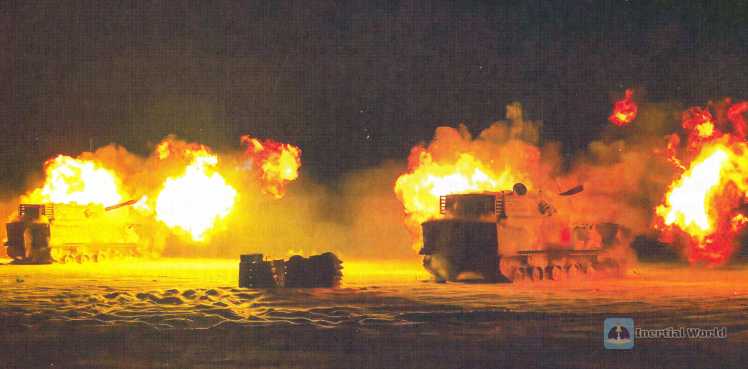
Information-led, precise use of data flow to support the "reconnaissance, selection, attack, evaluation, and transfer" link
In modern warfare, the combat concept of "information-led, precise use" has become the key to achieving battlefield advantages. This concept emphasizes the combat link with data as the core, that is, through efficient information collection, processing and utilization, to achieve comprehensive control of the battlefield. In this process, "reconnaissance, selection, attack, evaluation, and transfer" as the main links of combat constitute a closed-loop decision-making and execution system, and each link is closely dependent on accurate and reliable data flows.
First of all, "reconnaissance" means reconnaissance, which It is the starting point of the entire combat chain. At this stage, various reconnaissance methods, such as drone reconnaissance, satellite reconnaissance and network reconnaissance, are used to collect dynamic information about the enemy and data on the battlefield environment. These data are transmitted back to the command center in real time through advanced communication systems, providing a basis for subsequent decision-making.
Secondly, the "selection" link is based on the information collected in the "reconnaissance" stage, comprehensively considering factors such as target characteristics, battlefield environment, combat objectives and available resources, and accurately selecting the type of ammunition through data analysis and artificial intelligence algorithms. This step ensures that each strike can cause the greatest degree of damage to the enemy while reducing the impact on non-target areas, relying on strong data processing capabilities and accurate decision support.
The next "strike" is the strike stage, which relies on accurate target information and appropriate ammunition selection, and uses various strike methods to accurately strike the selected targets. Whether it is a long-range precision strike, a drone strike or a special operations operation, it is necessary to rely on the data collected and processed in the early stage to ensure the accuracy and effectiveness of the strike.
"Evaluation" refers to the evaluation of the strike effect. Through real-time monitoring and evaluation of the battlefield situation after the strike, it is judged whether the strike effect has achieved the expected goal. This stage requires not only high-definition real-time image analysis, but also in-depth analysis of the data to determine whether further strikes or adjustments to tactics are needed.
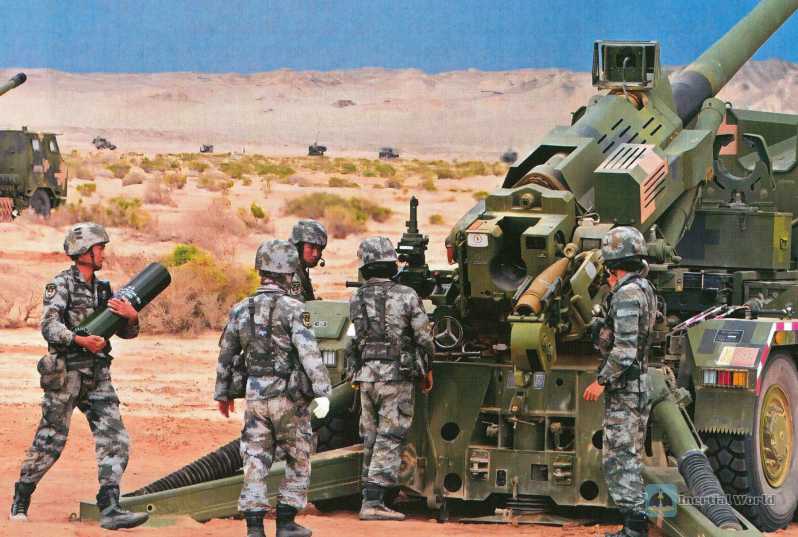
The final "transfer" represents adjusting tactics or strategies based on the results of the strike effect evaluation to prepare for the next "reconnaissance, selection, attack, and evaluation" link. This may mean changing the strike target, adjusting the deployment of troops, or changing the combat plan. The rapid and efficient conversion at this stage is the key to maintaining the initiative on the battlefield and flexibly responding to changes in the enemy. The efficient operation of the entire "reconnaissance, selection, attack, evaluation, and transfer" link requires not only very advanced technical support for each link, but also fast and unimpeded data flow in the entire link. This requires the establishment of an efficient data transmission and processing platform to ensure real-time sharing and accurate use of information. Through such a combat link, combat efficiency and combat effectiveness can be greatly improved, and accurate control and rapid response to the battlefield can be achieved. Under the guidance of the combat concept of "information first, accurate use", modern armies can gain an advantage on the information battlefield and effectively achieve tactical goals and strategic intentions.
"Machine intelligence + human wisdom, mobile strike", create a "mobile command link system
Combining "machine intelligence", that is: the analysis and prediction capabilities of artificial intelligence; and "human wisdom", that is: the commander’s experience and judgment, is particularly important for the modernization of artillery forces. This combination can improve the communication and command capabilities of the command link in high-speed mobility and complex electromagnetic environments while ensuring the accuracy of the strike.
The concept of "mobile communication" emphasizes that real-time information exchange and command decision-making capabilities are not affected during the maneuver of the troops. To achieve this, the troops’ equipment needs to be able to adapt to stable communication technologies in high-speed movement, such as satellite communications, mobile 4G/5G networks, etc., to ensure that data flows smoothly between various command nodes.
At the same time, the application of artificial intelligence technology makes data analysis and decision support faster and more accurate. In mobile strikes, AI can quickly conduct intelligence analysis, target identification and strike plan recommendations based on real-time collected data, greatly improving the commander’s decision-making speed and strike efficiency.
Commanders and combatants need to receive relevant skills training to adapt to the rapidly changing battlefield environment and the operational requirements of high-tech equipment. This includes proficiency in the use of artificial intelligence-assisted systems and the cultivation of precision strike capabilities in high-speed maneuvers.
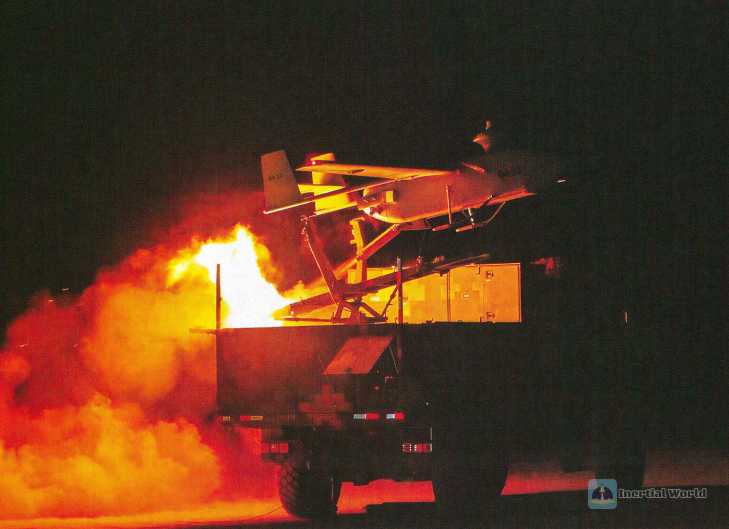
"Human-machine integration", human-machine combination assists in completing combat command decisions
"Human-machine integration" tactics in the field of artillery is reflected in the combination of human intuition and experience with the computing power and data analysis capabilities of the machine to improve the efficiency and accuracy of combat command. In this mode, commanders can rely on artificial intelligence systems to conduct rapid data analysis and intelligence processing to assist in decision-making, while artificial intelligence systems can continuously optimize their decision-making support capabilities by learning the decision-making habits of commanders.
In order to achieve effective human-machine integration, it is necessary to develop and improve the human-machine interaction interface so that commanders can easily understand and control the information provided by the artificial intelligence system. This includes presenting complex data analysis results to commanders in an intuitive way, while providing an easy-to-operate interface to ensure that commanders can make decisions quickly in special emergency situations.
In addition, the realization of human-machine collaborative combat requires the integration of more military logic and battlefield rules into the artificial intelligence system to ensure that the decision-making plan generated by the machine meets the actual combat needs. Through continuous training and drills, the adaptability of the artificial intelligence system to the battlefield environment and the accuracy of decision-making can be improved, so as to effectively support the commander’s decision-making under complex and changeable battlefield conditions.
In combat practice, the human-machine integration model can greatly improve the flexibility and response speed of combat command. For example, when performing fire strike missions, the artificial intelligence system can quickly calculate the optimal strike plan based on real-time battlefield data, including target selection, weapon selection and strike timing, while the commander can adjust and confirm the recommended plan based on his own experience and battlefield intuition, realize human-machine joint decision-making, and finally achieve the purpose of completing the task quickly and accurately.

Human-machine integration also means deep integration in combat training. Through the simulation training system, commanders and operators can train with the artificial intelligence system in a virtual environment, continuously improve the efficiency of human-computer interaction, deepen the understanding and application of system capabilities, and ensure that the auxiliary role of artificial intelligence can be fully utilized in actual combat.
In the future, with the continuous advancement of artificial intelligence technology and the deepening of military applications, "digital intelligence" empowerment will play a more important role in the artillery field. Through highly integrated information systems and advanced human-computer interaction technologies, artillery units will be able to play a greater role in intelligent warfare, achieve precise strikes and efficient command, and effectively improve combat capabilities and battlefield adaptability

Transforming "concentrated clusters" into "independent operations"
As military competition enters the high-tech stage, the combat mode of artillery units has undergone fundamental changes. "Terminal intelligence, dynamic distribution" is not only a change in technical concepts, it represents a strategic thinking of deep understanding and response to future battlefields. In this mode, each artillery unit uses advanced artificial intelligence, sensor networks and communication technologies to achieve full autonomy from receiving commands to target processing. This autonomy not only improves combat efficiency, but also greatly enhances the survivability of the troops.
When deploying the "terminal intelligence, dynamic distribution" tactics, the first thing to break through is the technical integration problem, integrating artificial intelligence, machine learning and automated control technology into all levels of the artillery system. This requires the research team to not only have a deep understanding of these technologies themselves, but also have the ability to apply them to specific military scenarios. For example, optimizing the target recognition process through machine learning algorithms can greatly improve the combat efficiency and accuracy of artillery units in complex environments.
Furthermore, the realization of "dynamic distribution" depends on highly developed communication systems and command and control platforms, which must be able to maintain stable operation under extreme conditions to ensure real-time transmission and processing of information. In addition, each artillery unit also needs to have the ability to make and execute quickly, which requires not only a high degree of autonomy within the unit, but also requires commanders to have a high degree of tactical flexibility and innovative thinking.
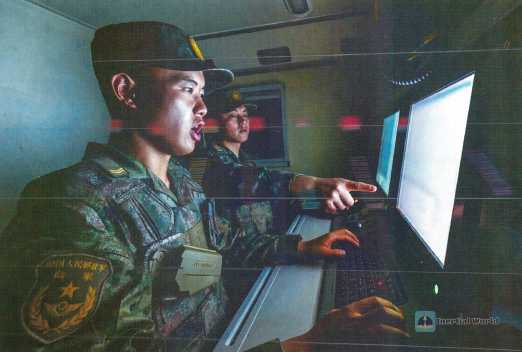
Strike action and damage assessment interactive empowerment
In modern warfare, the concept of "gathering and optimizing, firepower ’wisdom’ victory" highlights the core role of intelligent combat systems in improving the effectiveness of artillery strikes. This model emphasizes a closed-loop combat process including intelligence collection, target identification, strike execution and effect evaluation. In this process, each step is supported by a highly intelligent system, ensuring the high-speed flow and processing of information, thereby achieving rapid adaptation to battlefield situations and continuous optimization of strike effects.
The key to realizing this model is to build a system that can quickly and accurately perform damage assessments, which requires the introduction of the latest image recognition and data analysis technologies. By analyzing battlefield images and data after the strike in real time, this system can provide commanders with instant feedback on the strike effect, thereby guiding the next decision and action. This data-based decision-making cycle significantly improves the accuracy and adaptability of operations, allowing artillery units to maintain their advantages in a dynamically changing battlefield environment.
The "optimization cycle" also means the efficient use of various resources, including intelligence resources, firepower resources and personnel resources. With the assistance of intelligent systems, commanders can allocate firepower more accurately, avoid waste of resources, and suppress the enemy to the maximum extent. This optimal allocation and utilization of resources not only improves combat efficiency, but also enhances the sustained combat capability of the troops. The implementation of these two modes marks that the artillery units are moving towards a higher level of intelligence and autonomy. This not only changes the traditional mode of artillery operations, but also provides new ideas and methods for firepower support in future wars.


